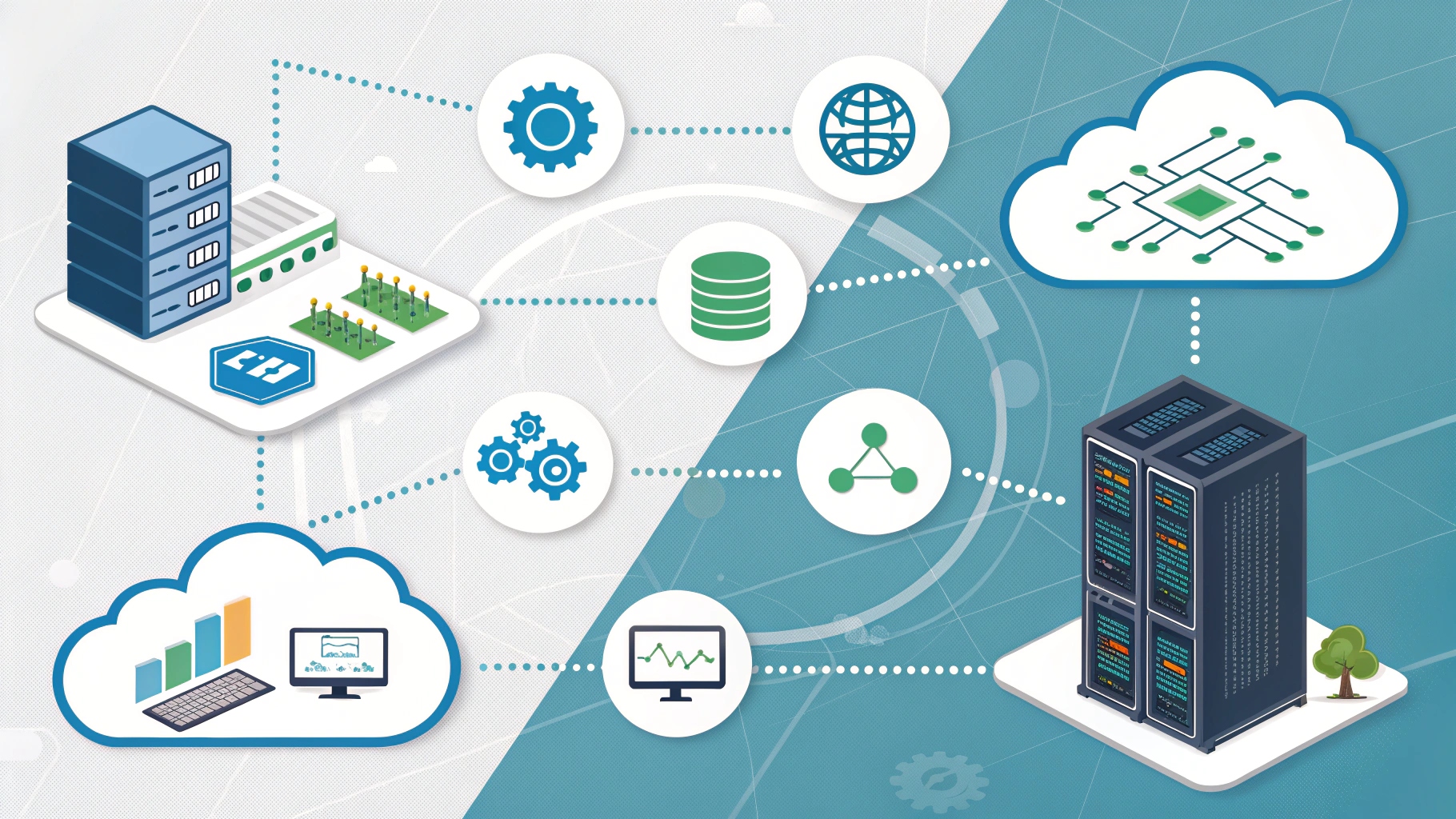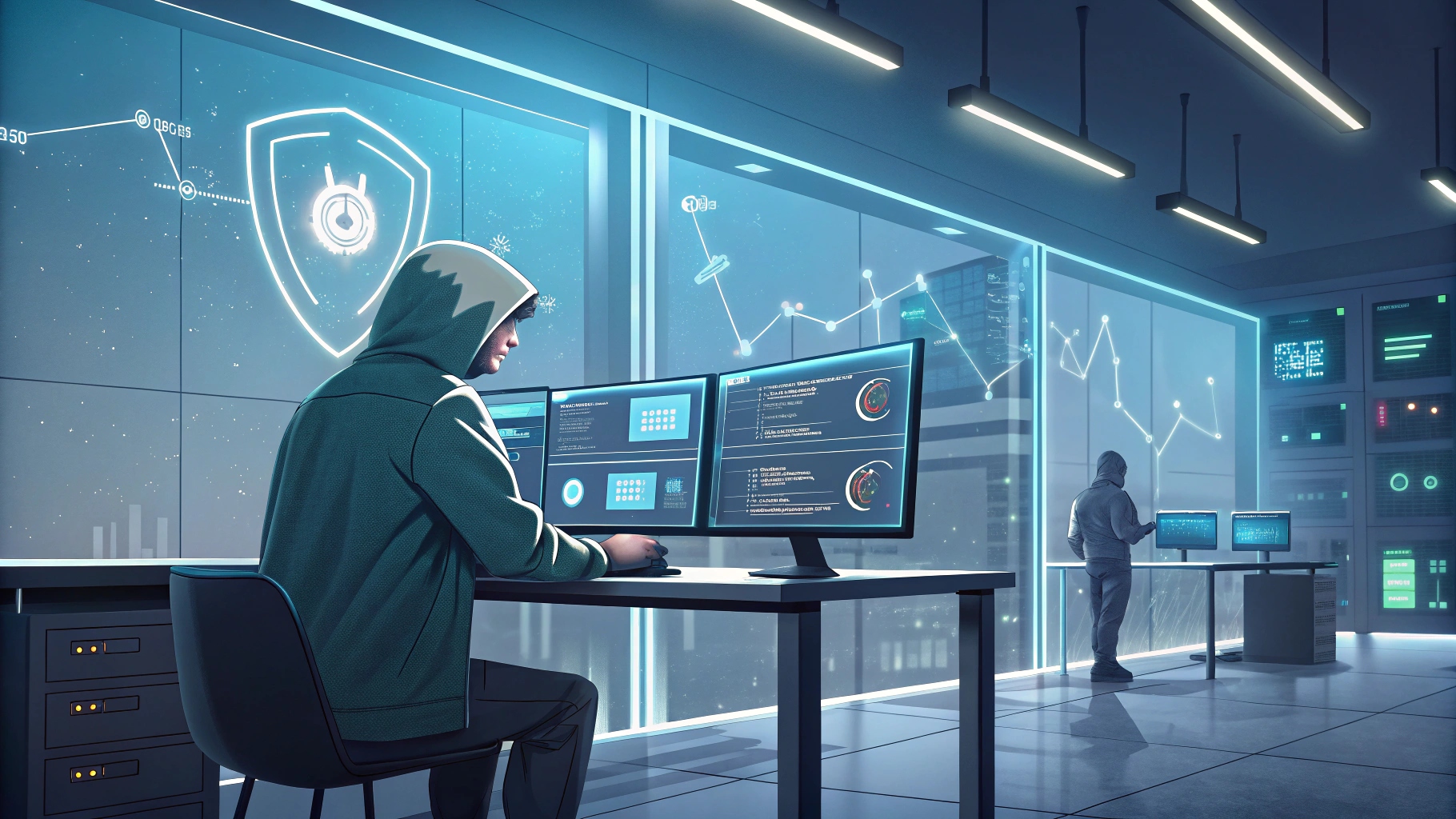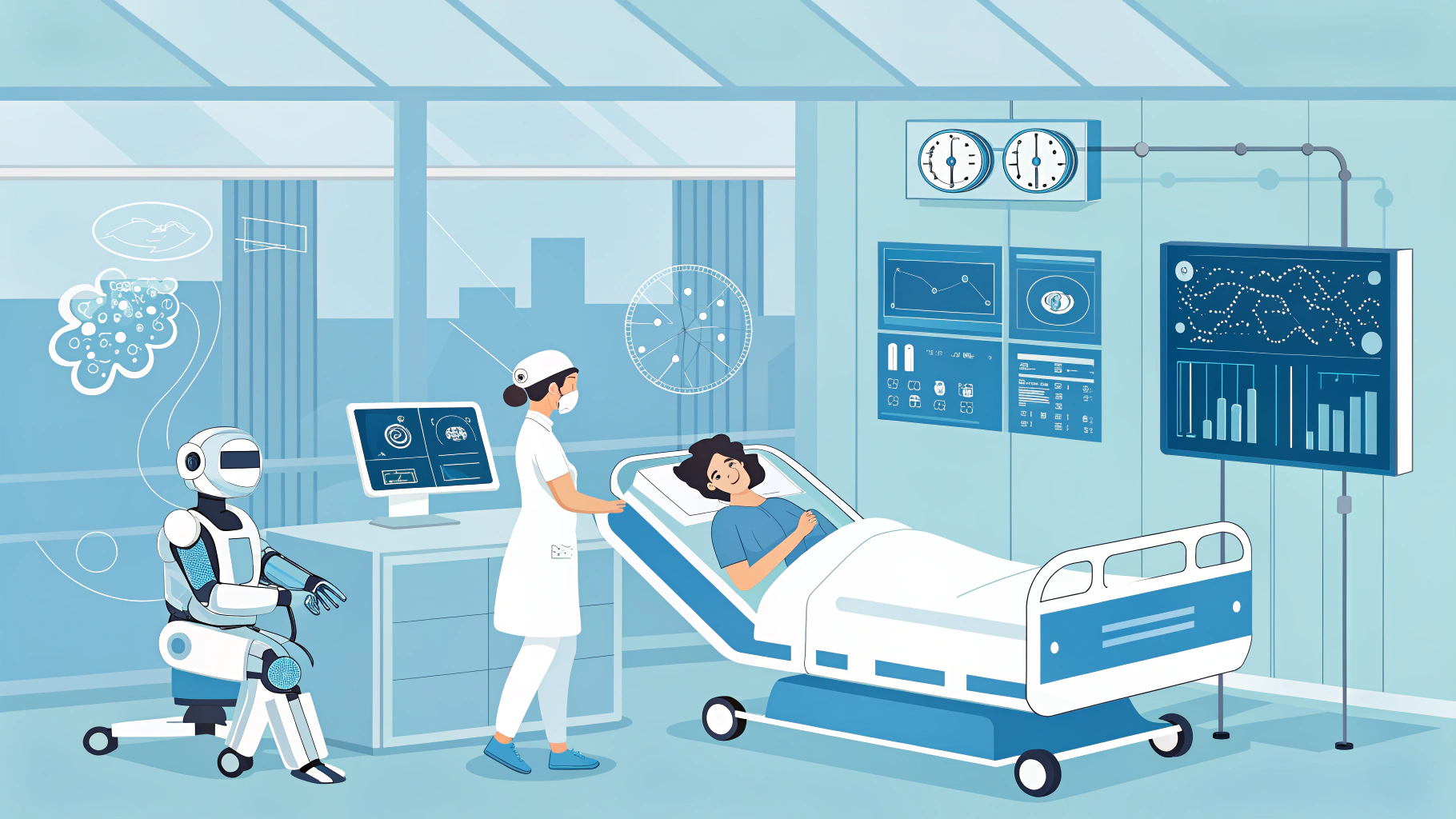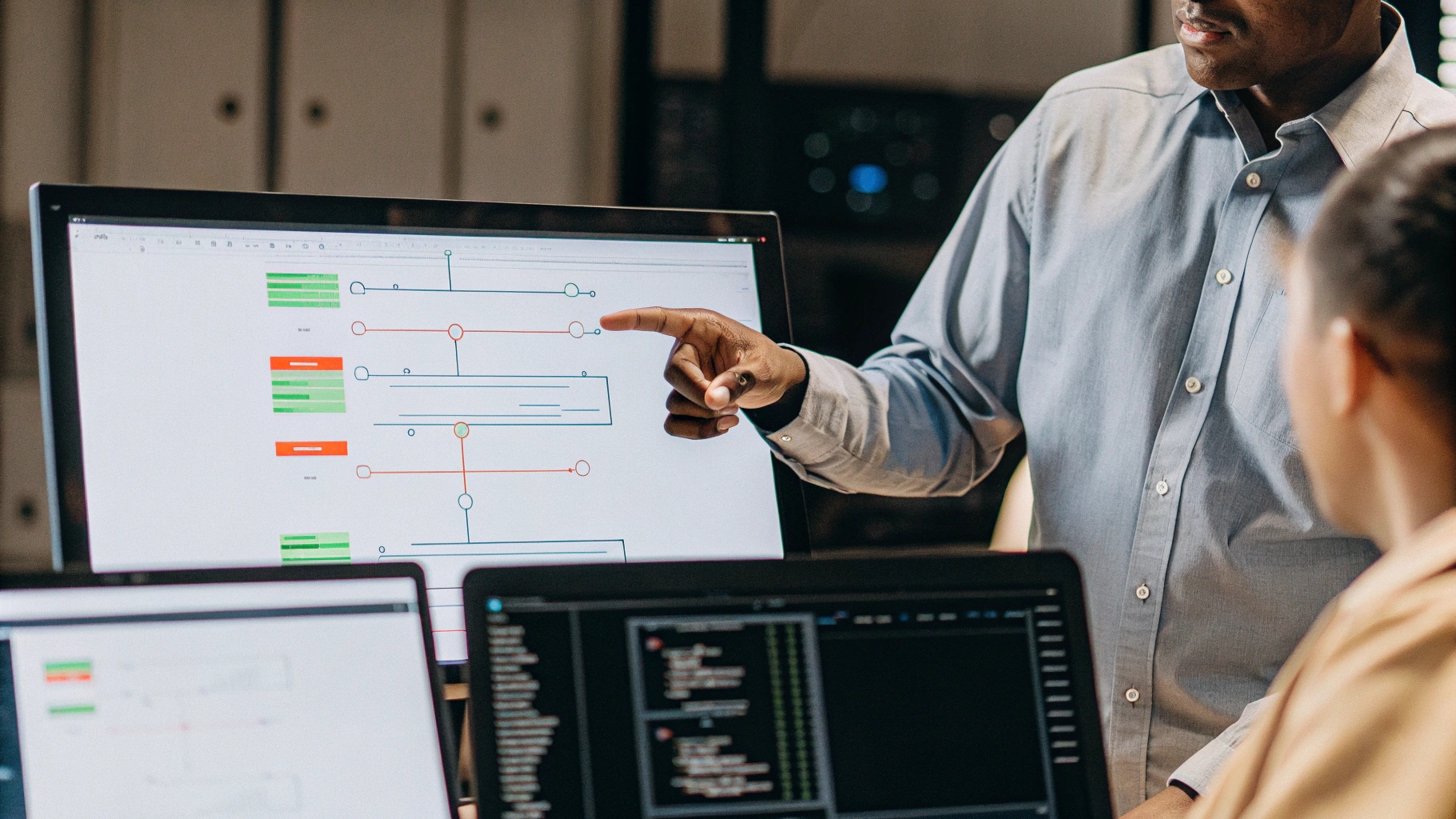
Summary
Edge computing vs cloud computing is a debate that highlights two powerful but distinct technologies. It offers scalability, cost efficiency, and centralized security, making it ideal for storage, SaaS, and big data analytics. Edge computing, on the other hand, reduces latency and processes real-time data locally, making it crucial for IoT, autonomous vehicles, healthcare, and AR/VR.
While edge is better for speed and responsiveness, cloud excels at scale and storage. The future lies in a hybrid model, where businesses combine the strengths of both to balance real-time decision-making with global scalability.
–
Introduction
Technology is evolving at lightning speed, and two terms that frequently come up in modern IT discussions are edge computing and cloud computing. While both are crucial to the digital ecosystem, they serve different purposes. If you’re evaluating edge vs cloud computing, it’s essential to understand their unique strengths, challenges, and use cases.
In this blog, we’ll break down the key differences between edge and cloud computing, their roles in reducing latency, handling real-time data, and what they mean for the future of businesses.
What is Cloud Computing?
It is the on-demand delivery of IT resources such as storage, applications, and processing power over the internet. Instead of relying on local infrastructure, businesses leverage centralized data centers hosted by providers like AWS, Microsoft Azure, and Google Cloud.
- How it works: Data is sent from devices to a centralized server, where it is processed and then sent back.
- Advantages:
- Cost-effective (pay-as-you-go model)
- Scalable for businesses of any size
- Secure with global backup and redundancy
- Challenges:
- Data must travel long distances to cloud servers
- Higher latency for real-time applications
What is Edge Computing?
Edge computing brings processing power closer to where data is generated whether that’s a smart device, sensor, or IoT gateway. Instead of sending information to a distant cloud, data is analyzed locally at the “edge” of the network.
- How it works: Devices or edge nodes perform computing tasks right where data is produced, reducing the need for constant cloud communication.
- Advantages:
- Lower latency since data doesn’t travel far
- Handles real-time data efficiently
- Reduces bandwidth and cloud costs
- Challenges:
- Limited scalability compared to the cloud
- Security risks at distributed nodes
- Hardware and maintenance requirements
Edge vs Cloud Computing: Key Differences
Let’s look at the core factors that differentiate edge vs cloud computing:
| Factor | Cloud Computing | Edge Computing |
| Latency | Higher due to long-distance data transfer | Lower since data is processed locally |
| Real-Time Data | Not ideal for instant decision-making | Perfect for time-sensitive applications |
| Scalability | Highly scalable across global networks | Limited to local infrastructure |
| Cost | Cost-effective at scale | It can be expensive due to the hardware setup |
| Security | Strong centralized security | Vulnerable at multiple distributed nodes |
| Use Cases | SaaS, storage, backup, analytics | IoT devices, autonomous vehicles, AR/VR |
Use Cases of Cloud Computing
It has become the backbone of modern digital services. Some common use cases include:
- Data Storage & Backup – Centralized storage for individuals and enterprises.
- SaaS Applications – Platforms like Gmail, Dropbox, and Slack.
- Big Data Analytics – Processing massive datasets for business insights.
- Remote Collaboration – Powering hybrid and remote work setups.
Use Cases of Edge Computing
Edge computing shines in industries that rely on low latency and real-time data processing:
- Autonomous Vehicles – Cars make split-second decisions without waiting for cloud servers.
- Healthcare Monitoring – Wearables and medical devices track and process health metrics instantly.
- Manufacturing & IoT – Smart factories use edge devices for predictive maintenance.
- Augmented & Virtual Reality (AR/VR) – Requires instant responsiveness for user experience.
The Role of Latency in Edge vs Cloud Computing
Latency, the time it takes for data to travel, is the most critical difference between edge and cloud computing.
- In the cloud, data often travels thousands of miles to centralized servers, leading to delays.
- In edge computing, data is processed locally, making it the go-to choice for real-time applications like video streaming, robotics, and AR/VR.
Businesses that require speed and responsiveness (e.g., fintech, gaming, IoT) often choose edge computing over the cloud.
Real-Time Data: Why Edge Wins
Modern industries depend heavily on real-time data. Whether it’s an autonomous vehicle detecting obstacles or a hospital monitoring a patient’s heartbeat, instant data processing is vital.
- Edge computing provides that immediate processing power.
- Cloud computing, while powerful, struggles with real-time responsiveness due to network delays.
For example, imagine a drone delivering medical supplies. Waiting for cloud servers to process location data could cause delays. Edge computing ensures real-time decision-making right at the device level.
Can Edge and Cloud Work Together?
Absolutely. Instead of edge vs cloud, many businesses adopt a hybrid approach. This is known as Edge-Cloud synergy:
- Edge handles real-time data processing and instant decision-making.
- Cloud manages big data analytics, backups, and large-scale storage.
For example, smart factories use edge devices to monitor equipment performance in real time, while storing historical data in the cloud for long-term analytics.
Future of Edge and Cloud Computing
As the IoT market grows, the demand for both edge and cloud computing will rise. According to Gartner, by 2025, 75% of enterprise-generated data will be created outside traditional data centers.
This means businesses must prepare for a future where edge and cloud computing coexist, balancing the need for real-time responsiveness with scalability and storage.
Final Thoughts
When it comes to edge vs cloud computing, the choice depends on your business needs.
- Choose cloud computing if scalability, cost savings, and centralized security are priorities.
- Choose edge computing if your applications rely on low latency, real-time data.
Most businesses will benefit from a hybrid approach, leveraging the speed of edge with the power of cloud.
By understanding their differences, you can make better decisions for your organization’s digital transformation journey.
FAQs
Q1: What is the main difference between edge and cloud computing?
Ans:- Edge computing processes data locally at or near the source, reducing latency. Cloud computing processes data in centralized servers, offering scalability but with higher latency.
Q2: Why is latency important in edge vs cloud computing?
Ans:- Latency determines how fast data is processed. Low latency in edge computing makes it suitable for real-time applications like autonomous vehicles and healthcare devices.
Q3: Can edge and cloud computing work together?
Ans:- Yes. Many organizations use a hybrid model where edge handles real-time data and cloud manages long-term storage, backups, and analytics.
Q4: Which industries benefit the most from edge computing?
Ans:- Industries like healthcare, manufacturing, autonomous vehicles, and AR/VR benefit the most due to their reliance on real-time decision-making.






